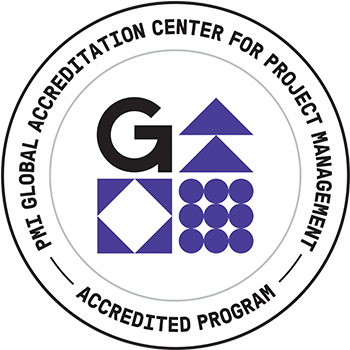Although many civilian federal agencies are implementing IT solutions in record numbers, the slow implementation pace of these projects is a critical factor in accounting for the losses these organizations suffer due to the limitations of the traditional waterfall approach of the Software/Systems Development Lifecycle (SDLC).
This paper proposes an alternative means for facilitating software systems development through appropriation of architectural elements from a proposed Agile Architecture Construct that is in support of civilian federal government IT projects. This construct is defined as a set of Agile programming elements that provide mutual understanding and guidance to achieve a desired set of strategic objectives and tactical demands. Through a combination of principles, concepts, business processes, and practices, it provides strategies that can be used immediately to facilitate change and improve the implementation of civilian federal government IT projects.
What makes this Agile architecture unique is that it provides four elements under an Agile hybrid approach for less mature civilian agencies transitioning to an Agile methodology, but who struggle with environmental, cultural, and communication issues within their organization preventing them from implementing an Agile approach at the enterprise level. The elements for this Agile architecture, include: (a) Agile Manifesto Introduction; (b) Agile Concept of Operations; (c) Agile Business Process Model; and (d) Agile Maturity Model.
A review of several different Agile projects revealed that these techniques can be implemented both strategically and tactically into various aspects of the organization, including making improvements in business processes and practices, training, communications, responding to change, redefining performance matrices, and managing teams.
PMI Talent Triangle: Technical Project Management

